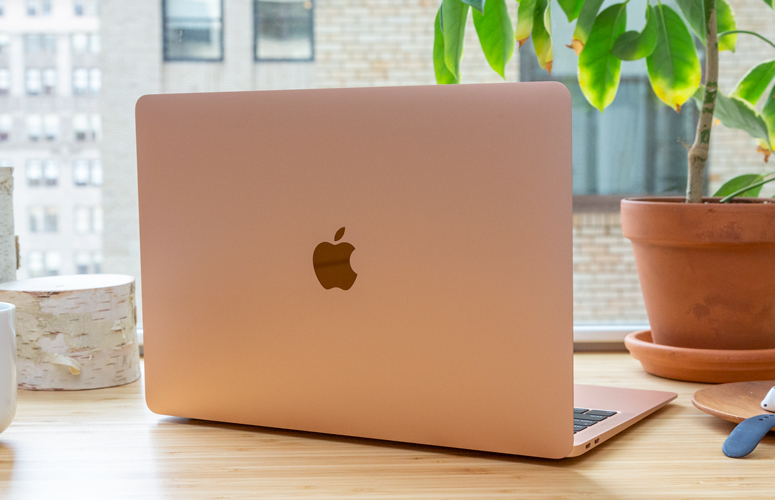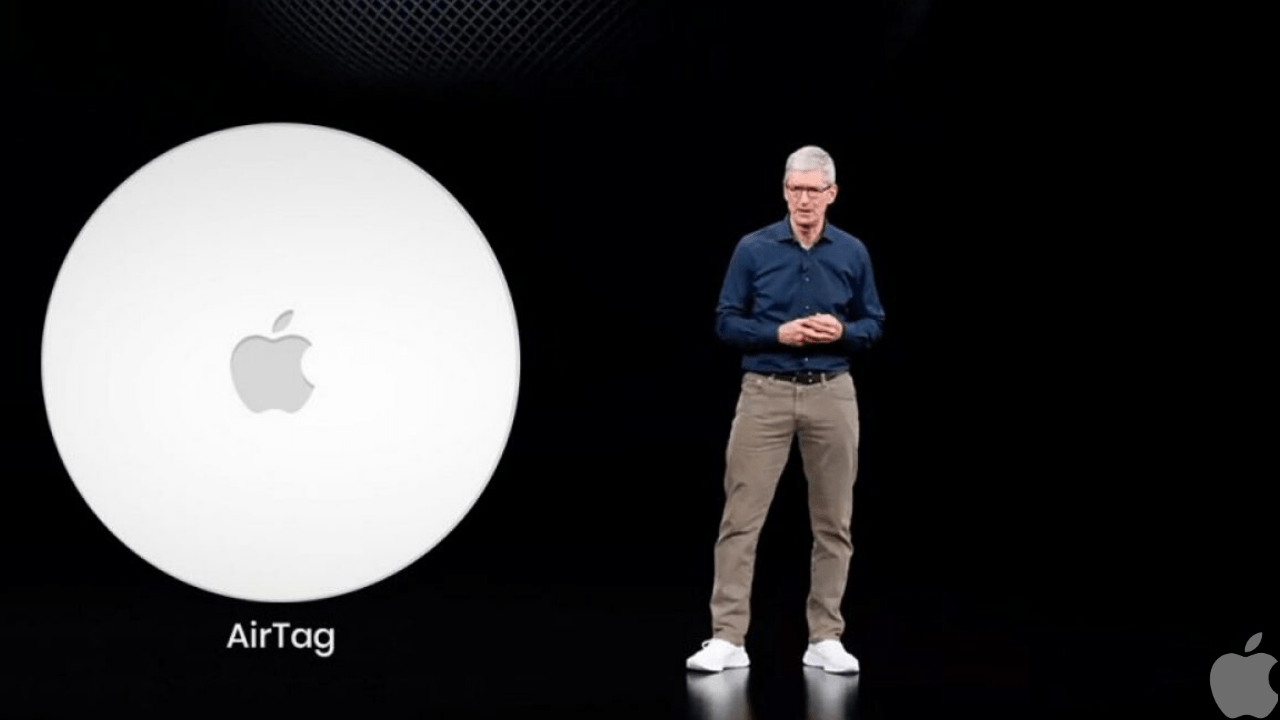Apple event: What to expect at the November 10 'One More Thing' showcase
MacBooks with custom ARM-based chips will highlight the event

The third Apple event of the season is set for Tuesday, November 10, where the company is expected to reveal new MacBooks with custom ARM-based processors. This "One More Thing" showcase will mark a fundamental transition for Apple laptops and desktops as they go from using Intel processors to Apple Silicon.
What does this mean for you? Promising gains in performance and efficiency, Apple Silicon is poised to bring faster speeds and longer battery to your next MacBook. Even more interesting is the addition of iOS app support on MacBooks, which will bring your favorite games and tools from your phone to your notebook.
- MacBook Pro 2020 (13-inch) review
- Best MacBook in 2020: Apple laptops to buy this holiday season
- MacBook with Apple Silicon: Release date, rumors and specs
New MacBooks will be the highlight of the event, but laptops aren't the only products that could debut on Tuesday. We've put together a guide on everything Apple could possibly reveal at the "One More Thing" showcase for those who don't like surprises.
MacBooks with Apple Silicon
Apple announced in June at WWDC its plans to create custom chips for Macs, shifting its computers away from Intel for the first time in 15 years. We even got a timeline for the transition with Apple teasing the release of the first wave of Apple Silicon-powered Macs by the end of this year before completing the 2-year process by 2023.
We expected Apple to release one laptop this year, but the latest reports suggest multiple MacBooks could be refreshed with Apple Silicon. Those would be a new MacBook Air, MacBook Pro 13-inch and MacBook Pro 16-inch. According to a Bloomberg report, the two smaller products (MacBook Air, 13-inch MacBook Pro) are on schedule and at least these two laptops will debut at the event. It is possible the 16-inch model doesn't get updated until 2021.

If you were hoping for a new aesthetic to go along with the Apple-powered engine, I'm afraid you'll need to wait. Bloomberg says "beyond the processor switch, the devices won't have significant design changes."
As for what sort of performance and battery life to expect, we look to the A14 Bionic in the iPhone 12 and iPad Air. While not a massive leap from the previous chip, the A14 in the iPhone is the most powerful smartphone processor around, and the variant in the iPad Air outpaces some premium Windows 10 laptops. Both exceed the category averages for battery life but fall short of being exemplary.
Sign up to receive The Snapshot, a free special dispatch from Laptop Mag, in your inbox.
Apple says it will provide a common chip architecture across its devices, meaning the iPhone, iPad and MacBook will also use a variant of the A-series processors. As a result, Apple devices will work seamlessly together, with the most immediate outcome being native iOS app support on Macs.

But getting Macs with Apple Silicon to run every program supported by older models isn't as easy as swapping out the chips. Because the new chips use ARM, Apple needs developers to port program from Intel's x86 architecture to ARM. The good news is that all Apple apps are already running natively on Apple Silicon, and the heavy-hitters (Adobe, Microsoft, etc) are in the process of moving their programs over.
Related to the release of new ARM-based MacBooks, Big Sur, the latest macOS version, is expected to get a release date at the event.
AirPods Studio
Apple is rumored to launch its first wireless noise-cancelling headphones called AirPods Studio. We've seen enough leaks and rumors about these cans to have a good idea of what to expect. In short, these will be direct competitors to the Bose 700 and other premium noise-cancelling headphones.
Those who have seen prototype designs of the headphones describe them as "retro" and say they come with swiveling oval earcups with thin metal arms connecting to the top of the cups. Rumors suggest there will be two designs, one with a more swanky look similar to that found on the Bose 700 or Sony WH-1000XM4 and a second lightweight pair for fitness and athletics.

The headphones are said to be modular, allowing users to remove and replace the earcups and the headband in case they get dirty or sweaty. Onboard controls will be built into the earpads so you don't need to reach for your iPhone to skip tracks, change volume or summon Siri.
The AirPods Studio will come with sensors that detect whether the headphones are on your head or neck. Your song will pause when the cans are off your ears and start playing again when you put them on. This is the same idea as to when you take AirPods out of your ears.
AirTags
Apple's long-rumored Tile competitors could finally see the light of day at the November 10 event. Named AirTags, these small trackers would use Bluetooth to help you find lost devices. Similar to how you can use the Find My app to pinpoint your iPhone or AirPods, AirTags will let you search for lost keys or wallets with unrivaled accuracy by harnessing the chip found in Apple's devices.

There are many different forms AirTags could take on. They are expected to be physical discs that can be clipped onto your personal items so you can accurately track their location. It's possible your iPhone or Mac will beep or alert you when those devices leave a designated area or are far away from your phone.
There are also rumors of a community feature where other iPhones not in your network could help you find items. This would be similar to the community features already deployed by Tile, which will be the most direct competitor to AirTags. When an iPhone finds your AirTags, Apple could harness its AR technology to show you a direct route to where the lost item is hiding.
Phillip Tracy is the assistant managing editor at Laptop Mag where he reviews laptops, phones and other gadgets while covering the latest industry news. After graduating with a journalism degree from the University of Texas at Austin, Phillip became a tech reporter at the Daily Dot. There, he wrote reviews for a range of gadgets and covered everything from social media trends to cybersecurity. Prior to that, he wrote for RCR Wireless News covering 5G and IoT. When he's not tinkering with devices, you can find Phillip playing video games, reading, traveling or watching soccer.

